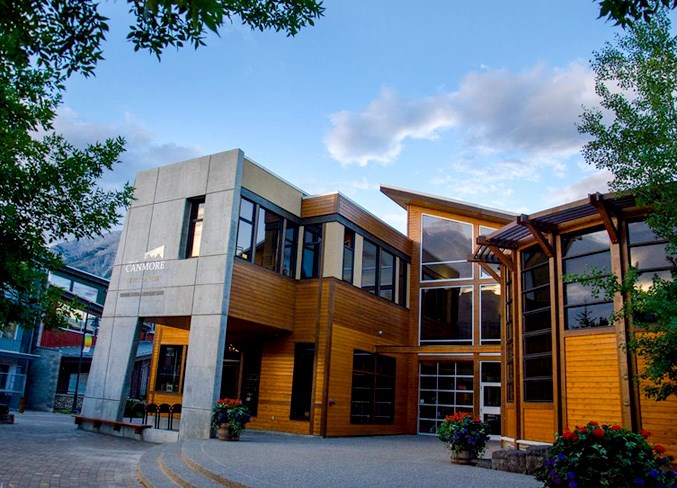CANMORE – As the Canmore Museum moves forward into the year, it is looking to expand various services, which were highlighted at the recent annual general meeting.
One of the most significant announcements to come from the meeting was the Stoney Nakoda (Îyârhe Nakoda) Cultural Residency Program.
This program, which is a capacity building partnership with the Alberta Museums Association, provides both learning and hands-on experience in a two-year pilot residency program.
“The cultural residency program will allow us to bring onto our team a part-time Indigenous curator from the Stoney Nakoda,” said Ron Ulrich, the museum’s executive director. “We believe that Indigenous stories need to be told by Indigenous people and our job is to give them the space to do so.”
Having an Indigenous curator was important for the museum to tell the stories of the Îyârhe Nakoda, Ulrich states.
“We wanted to have someone who knew the Indigenous community, knew the stories that needed to be shared and to contact the people in the Stoney Nakoda Nation to come and be able to use the space to share those stories with the community.”
For Ulrich, the process of implementing the Stoney Nakoda Cultural Residency Program has been an eye-opening one for him.
“A lot of things I have learned during the time we have been taking the journey of Truth and Reconciliation is how Indigenous people’s traditions are so much different than ours in their approach to things like artifacts.”
Ulrich said while typically objects that are a century in age are seen as something pristine and not to be touched, the Indigenous view it differently.
“In Indigenous culture with Indigenous works, there is a living culture and tradition,” Ulrich said. “The objects that are created today have the same importance as objects created 200 years ago. It represents an evolution of culture.”
The program will also allow the museum to be a leader when it comes to showcasing Indigenous history.
“There are so many different things we can learn in this process,” Ulrich said. “For us at the Canmore Museum, this was an opportunity to walk the talk of how we tell those stories.”
Several other initiatives were also announced, including the Canmore Mining Heritage Strategy, the Uncovering Canmore’s Heritage community heritage documentation project and the museum’s Digital Strategy 2.0.
The expansion of the digital strategy will allow visitors to engage with the museum through their devices from home, the office, or at school. It will also influence how Indigenous history is experienced at the museum, specifically in the pow wow exhibit borrowed from the Red Deer Museum. This exhibit, created by two Cree artists, highlights different regalia used for different types of dances.
“The regalia is similar but not entirely to what was used by the Stoney Nakoda,” Ulrich said. “With our Canmore Museum app, we will be able to tell the Stoney Nakoda perspective to show those different dances on your smartphone when you visit the Canmore Museum.”




